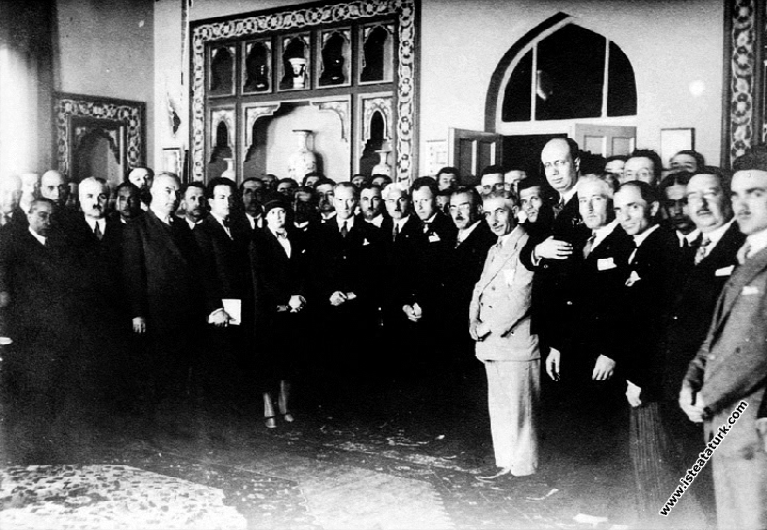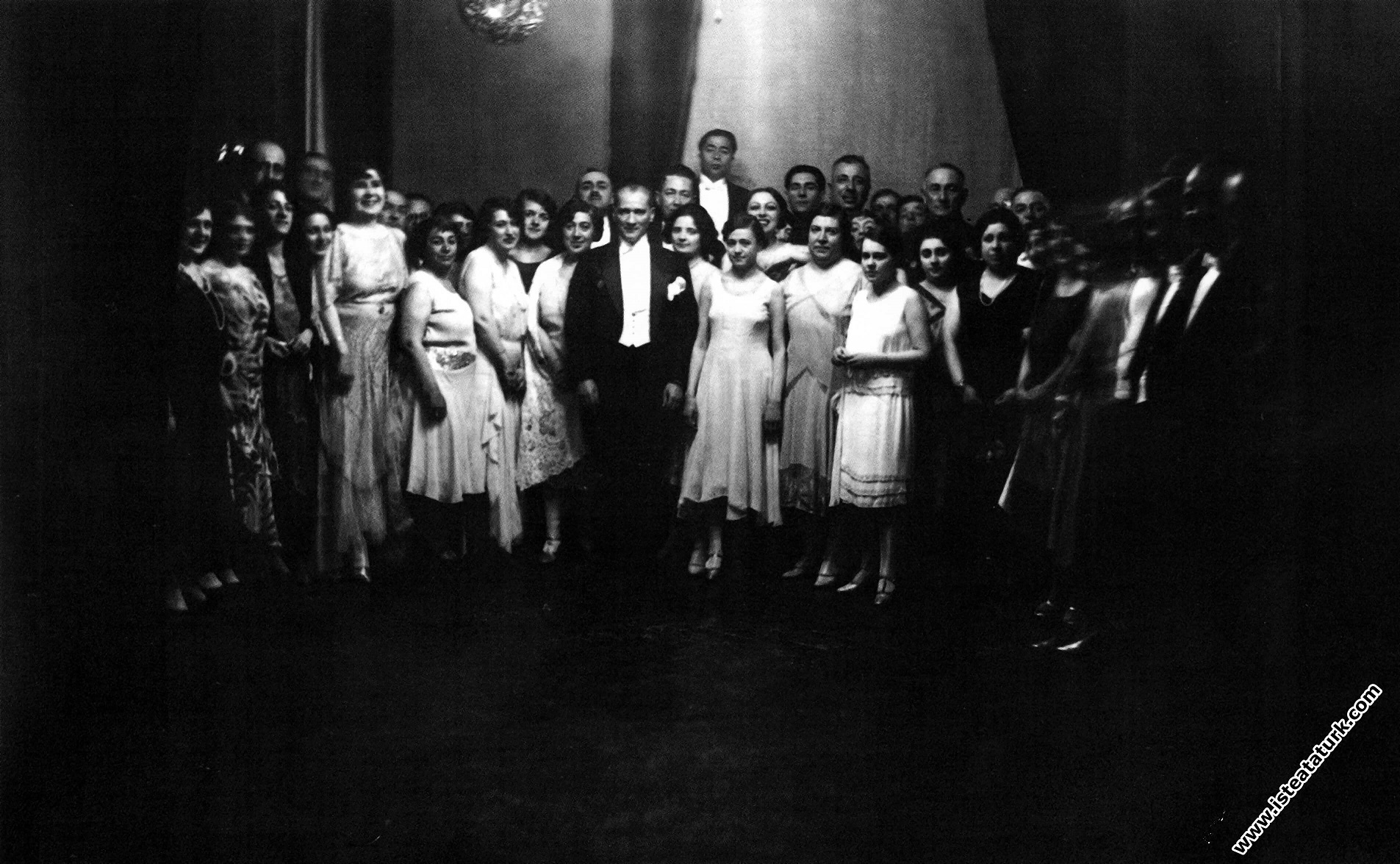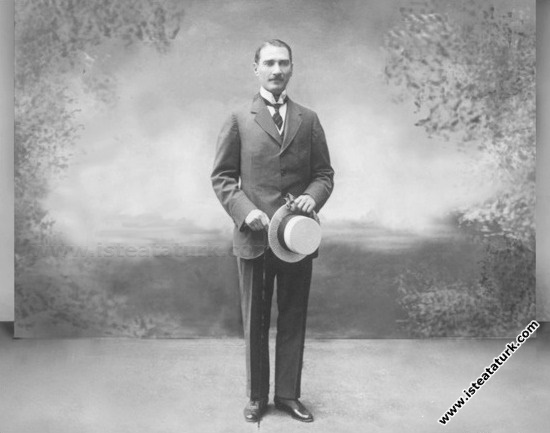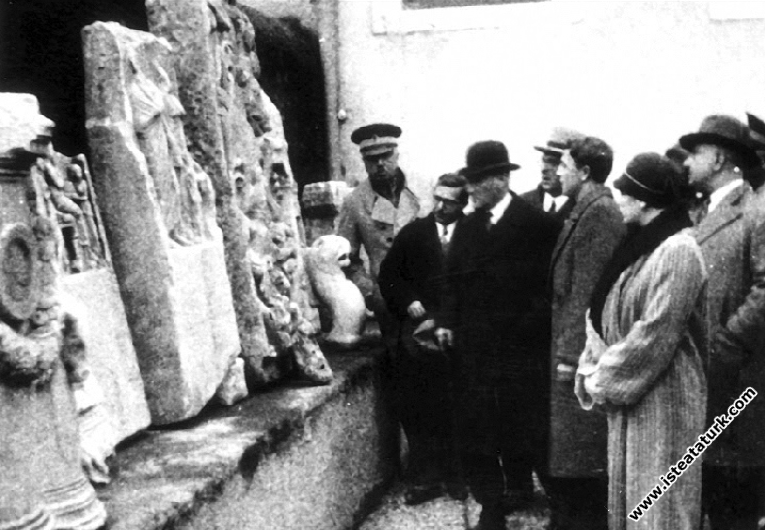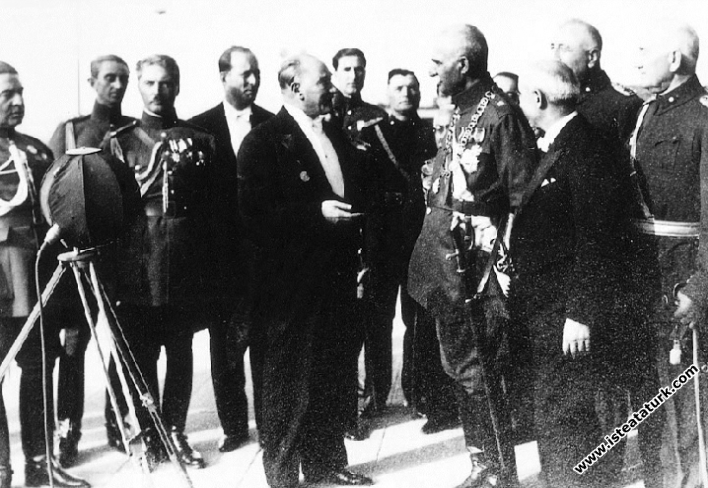The Place of Culture in Atatürk's Universal Personality
Character Size
The Place of Culture in Atatürk's Universal Personality
THE PLACE OF CULTURE IN ATATÜRK'S UNIVERSAL PERSONALITY
In these days, when Atatürk's 100th birthday is of great interest to foreign countries, I think it is an extraordinary cultural task to investigate the reason for the breakthroughs that the great savior made in the field of fine arts, because right after the Independence War, which was concluded with victory by Ata, our national culture was at the contemporary level. It was necessary for the Turkish fine arts to reach the stage reached in the international culture war as soon as possible and to take the place it deserves among the cultural treasures of today's civilization with at least equal rights and power. Realizing such an ideal, which would meet the lost centuries, was possible by transforming traditional culture into a new and fresh life by making use of the international common technique of contemporary science, as all nations do.
It can be seen that in the peace that followed the war, Ata made an effort to gain such a superiority in art, and therefore in music, without wasting any more time. Ziya Gökalp (1875-1924), our great thinker, established the main theory of such a development, which Ata tried to evaluate from an ideal-positivist, even pragmatist point of view, as well as based on the critique of pure reason, on a classical-positivist basis in previous dates and He said: “…The rules (rules), each of which has an independent and pure existence, remain where they sit and cannot create a future. Tradition, on the other hand, means creation and development, because tradition has a natural current that pushes various moments, a past fused together, like a moving force, from behind to forward, constantly generates new developments and trends. Although tradition is a power that gives birth and creates on its own, in foreign innovations instilled in it, it is revived by the nourishment in its veins, and does not rot away like common imitation…”.
The essence of the concept of “foreign innovations” in Ziya Gökalp's interpretation explained above means different kinds of factors that can be reflected from the outside in, first in education and then in international culture and art encounters; and in our art world, the first of the two extraordinary developments that took place in this way is the national Turkish painting art, which replaced the one-dimensional miniature in its time, and the second, under the direct or indirect influence of monodic-modal Turkish art music and our folklore, or as free inspirations. It is a polyphonic Turkish art music that can be formed. For this reason, the basic principle regarding the modernization of the art of music, which Ata stated in the opening speeches of the Grand National Assembly of 1934, completely strengthened Ziya Gökalp's principle of "continuous development in tradition", it has even reached greater heights; ve Ata gave direction to this definite principle, which he declared with the aim of creating polyphonic contemporary Turkish art music as soon as possible, with the following words: “…The measure of a nation's new change is its ability to perceive and comprehend the change in music…”.

Ataturk's Handwriting
First of all, it is a fact that should be known that, according to Ata, the main factor that will contribute to the new change of a nation is the practices that will ensure the uninterrupted development and maturation of national music, not only in technique and form, but also in expressive power and aesthetics; In short, it is polyphony that sheds light on modernity, above all in interpretation. And the different image that such a renewal will bring, especially to the art music, is the humor that is fed from the shadow-light contrasts that dominate the work from time to time and an endless richness of spirit, and the vitality created by the polyphonic texture in a very strong development process; that is, it is the dynamism that completely affects the symbolic interpretation and adds an unlimited dimension to the musical expression. Aesthetics of giving dimension to life, mental and spiritual ebb and flow, in musical language, It has achieved successful results all over the world only with such an application. As a matter of fact, while Ata expressed his longing for the polyphonic national Turkish art music to be achieved in this way, he transformed the art understanding of Friedrich Hegel (1770-1831), the great thinker of the history of humanity, into a fresh and open interpretation from an ideal-positivist point of view. So, let's end our research by first examining another interpretation of Ata on the way of acquiring contemporary music, and then Hegel's idea that is an idealist parallel to Ata's view; And now let's listen to Ata: “…When today's Turkish mind thinks about music… they are not looking for music that will give people a simple and temporary excitement. When music is said, our high emotions, we want a music that finds the expression of our lives and memories. Today's Turks expect from music the service that other high and sensitive societies expect!”.
As for the interpretation of Ata's above-mentioned view on contemporary Turkish art music in terms of Hegel's aesthetics; Hegel, while explaining his idealism of art, which he put forward in a plan quite parallel to Ata, says: “…Art is not only the interpretation of life, but also the open philosophy of history, because it is the harbinger of what deeply shakes the human spirit; And it is art that expresses, in pure words, a pure and sublime love, or divine being, that has successfully come out of battles in the path of attaining the truth…”.
While there are strong interpretations in the history of civilization, is it possible to doubt that a serious art can be achieved by being conscious of such interpretations and that polyphonic Turkish art music can reach its deserved place in international cultural encounters only by being powered by the universal common technique and aesthetics of contemporary science?
Cevad Memduh ALTAR (The Years of Music Reform in Ataturk's Turkey, Philharmonic Society Publications, Istanbul 1982)
Source : www.cevadmemduhaltar.com
We would like to thank Ms. İnci Kut, daughter of Cevad Memduh ALTAR, for her support.
